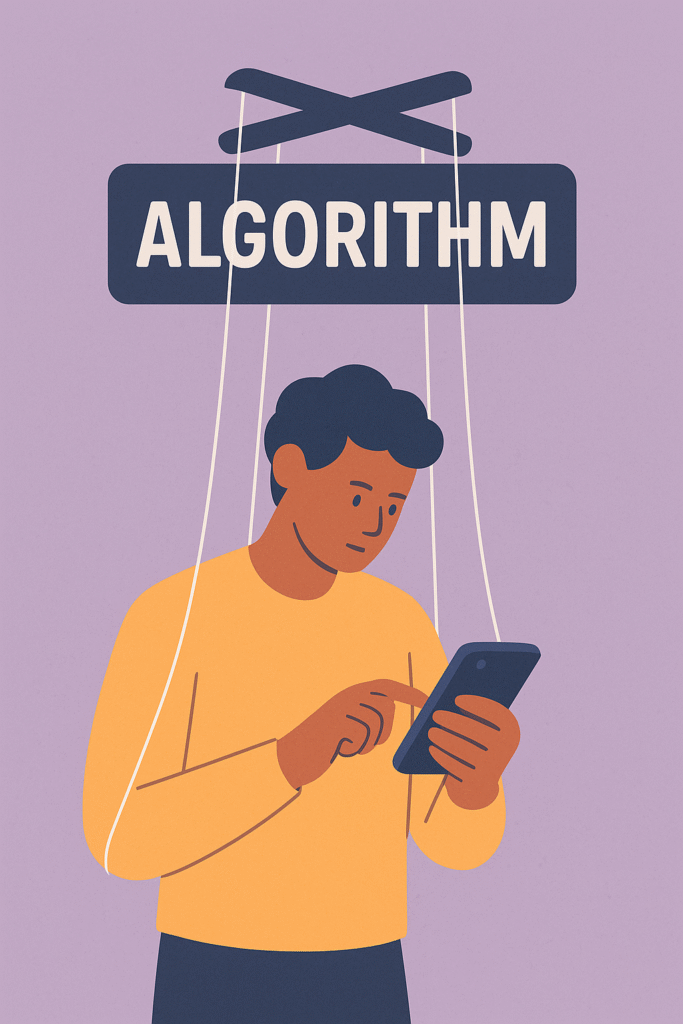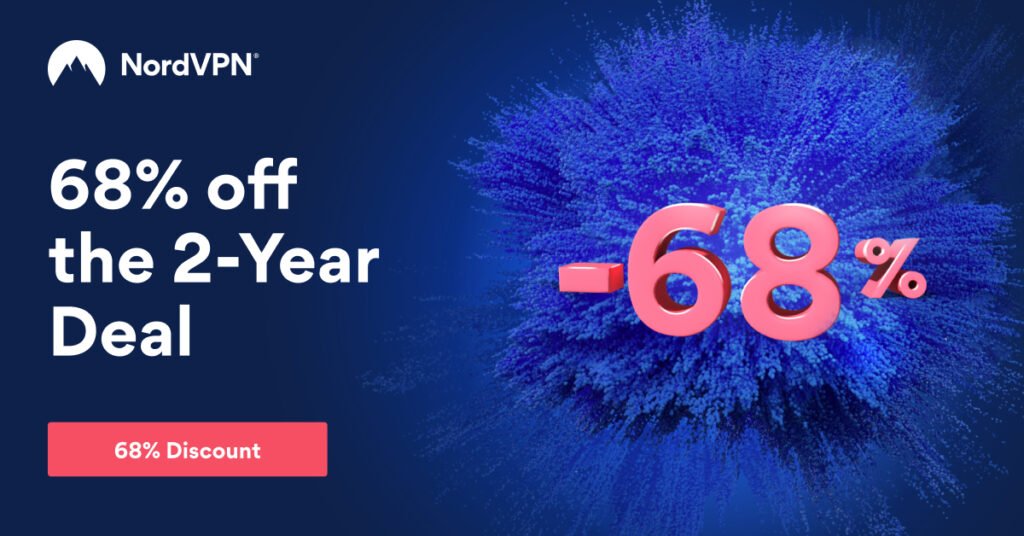Updated: August 26, 2025
Author: [earnixor]
Discover 7 shocking ways social media algorithms shape your thoughts, habits, and purchases.

Introduction: The Invisible Hand Guiding Your Feed
Picture this: You log onto Instagram “just for a minute” to check a friend’s story. Suddenly, an hour has flown by. You’ve scrolled through endless reels, liked a few memes, maybe clicked on an ad for shoes you didn’t even know you wanted. Sound familiar?
That’s no accident. Behind every swipe, click, and tap lies a social media algorithm—a complex system quietly deciding what you see, what you don’t, and even how long you’ll stay online.
In many ways, algorithms are like invisible curators, tailoring your digital world to maximize engagement. But here’s the shocking truth: these algorithms don’t just show you content; they can shape your thoughts, behaviors, and decisions.
In this article, we’ll break down how social media algorithms work in simple terms, then dive into seven surprising ways they influence your psychology, shopping habits, and even your worldview. By the end, you’ll not only understand how algorithms influence behavior but also gain practical tools (and recommended resources) to take back control of your feed.
How Do Social Media Algorithms Actually Work? (Simple Explanation)
At their core, social media algorithms are sets of rules and calculations that decide:
- Which posts appear on your feed
- In what order they appear
- How often you see content from certain people, brands, or topics
Instead of showing everything chronologically, platforms like Facebook, Instagram, TikTok, and YouTube use algorithms to predict what will keep you scrolling.
They track signals such as:
- What you click, like, comment, or share
- How much time you spend on certain posts or videos
- Your past search history and interactions
- The content your friends engage with
From there, they create a personalized feed designed to maximize engagement. The longer you stay, the more ads you see—and the more money the platform makes.
Sounds harmless, right? Not exactly. Because these algorithms aren’t neutral—they are optimized for attention, not truth or well-being. And that optimization can have shocking consequences.
7 Shocking Ways Social Media Algorithms Shape What You Think, Watch, and Share
1. They Rewire Your Psychology with Dopamine Hits
Every “like” or notification is a tiny rush of dopamine, the brain’s reward chemical. Algorithms are built to exploit this feedback loop, constantly nudging you to come back for more.
- How it works: Platforms test and tweak content delivery to maximize user responses. For instance, Instagram may delay showing you likes to create a bigger dopamine spike when they appear all at once.
- Why it matters: This turns social media into something closer to a slot machine than a communication tool. Instead of logging in intentionally, we scroll compulsively.
- Example: A 2019 study by the University of Michigan found that heavy social media users showed brain activity patterns similar to those of gambling addicts.
👉 In short: algorithms don’t just show you content; they train you to crave it.
2. They Trap You in Echo Chambers
Have you ever noticed how your feed seems to “agree” with you? That’s the echo chamber effect at work. Algorithms prioritize content similar to what you already like or believe.
- How it works: If you watch one political video on YouTube, the algorithm queues up five more reinforcing the same viewpoint.
- Why it matters: This narrows exposure to diverse opinions, polarizing society and deepening divides.
- Example: A 2021 Pew Research study found that 64% of Americans believe social media has a mostly negative impact on political discourse, with echo chambers being a key reason.
👉 Algorithms don’t just reflect your worldview; they reshape it by filtering out opposing perspectives.
3. They Create Addiction Loops You Can’t Escape
Ever felt like you’re “just checking TikTok” and suddenly lost 45 minutes? That’s no accident—it’s a design feature.
- How it works: Algorithms measure time on platform as a primary success metric. Infinite scroll, autoplay videos, and push notifications are engineered to keep you hooked.
- Why it matters: This turns casual browsing into compulsive use, eating into sleep, productivity, and real-life social connections.
- Example: According to Statista, the average TikTok user spends 95 minutes per day on the app—longer than the average daily commute.
👉 Social media algorithms thrive on your time, not your well-being.
4. They Amplify Misinformation at Lightning Speed
Misinformation spreads faster than truth online—and algorithms are partly to blame.
- How it works: Sensational, emotional, or controversial content gets higher engagement, so algorithms push it to more feeds, regardless of accuracy.
- Why it matters: This fuels conspiracy theories, health misinformation, and fake news.
- Example: MIT researchers found that false news spreads six times faster on Twitter than true news, mainly because it generates stronger emotional reactions.
👉 Algorithms don’t fact-check—they reward whatever keeps you clicking.
5. They Decide Which Influencers Become Famous (and Which Don’t)
Ever wondered why some influencers explode overnight while others grind for years? The answer often isn’t just talent—it’s the algorithm.
- How it works: Algorithms amplify accounts that generate consistent engagement. Once an influencer hits a certain threshold, they get recommended to more users, creating a snowball effect.
- Why it matters: This concentrates attention on a few “algorithm-approved” voices, shaping culture, trends, and even politics.
- Example: TikTok’s “For You” page has launched unknown creators into millions of followers overnight, while others with similar content remain invisible.
👉 Algorithms aren’t just curators—they’re gatekeepers of fame and influence.
6. They Steer Your Consumer Buying Habits
Ever mentioned a product in conversation, then magically seen an ad for it online? That’s algorithm-driven marketing at work.
- How it works: Platforms track browsing behavior, interactions, and even off-platform data to predict what you’ll buy. They then serve hyper-targeted ads at the perfect time.
- Why it matters: This shapes consumer choices, often making you believe you “discovered” something when in reality, it was pushed toward you.
- Example: According to eMarketer, social commerce sales in the U.S. hit $56 billion in 2023, largely driven by algorithm-targeted ads and influencer promotions.
👉 Your “spontaneous” purchase might not be spontaneous at all.
💡 Tip: If you’d rather stop advertisers from tracking your every move, a reliable VPN like NordVPN can help mask your data trail.
831555 – Coupon
NordVPN 2-years plan with 70% off for only $3.49/mo (30 days risk-free. Not satisfied? Get your money back, no questions asked.)

7. They Silence Voices Through Censorship and Content Suppression
Algorithms don’t just amplify; they also suppress. Content can be downranked, hidden, or removed entirely—sometimes without transparency.
- How it works: Posts flagged as “low-quality” or “sensitive” are quietly buried in feeds, even if they don’t technically break platform rules.
- Why it matters: This raises questions about free speech, bias, and who gets to decide what’s visible online.
- Example: In 2020, TikTok admitted to suppressing videos from disabled and overweight creators under the guise of “protecting them from bullying.”
👉 Algorithms don’t just decide what you see, they decide what you don’t.
Practical Tips: How to Take Back Control of Your Feed
Now that you know how social media algorithms influence behavior, here are some steps to regain control:
- Audit your usage: Track how much time you spend on each platform. Awareness is the first step.
- Diversify your feed: Follow people with different perspectives to break echo chambers.
- Turn off autoplay: Stop videos from sucking you into endless loops.
- Engage intentionally: Like and comment on content you genuinely value, so the algorithm learns your true preferences.
- Limit notifications: Disable non-essential alerts to reduce dopamine-driven checking.
- Protect your privacy: A VPN such as NordVPN reduces the data algorithms collect on you.
Conclusion: The Power and Danger of Invisible Influence
Social media algorithms are more than just background code. They’re powerful forces shaping what we think, watch, and share. From dopamine-driven addiction loops to digital manipulation of consumer behavior, the consequences ripple through our mental health, relationships, politics, and even democracy itself.
But here’s the hopeful part: once you understand these hidden mechanics, you can make more conscious choices. You can resist the pull of algorithm-driven content, challenge echo chambers, and reclaim your attention.
💡 If you’re curious to dive deeper, I recommend reading Stolen Focus or The Age of Surveillance Capitalism.
So the next time you’re scrolling, remember you’re not just the user. You’re also the product. And the only way to take back control is to use these platforms with awareness and intention.


